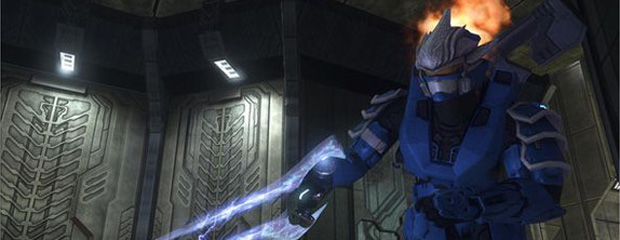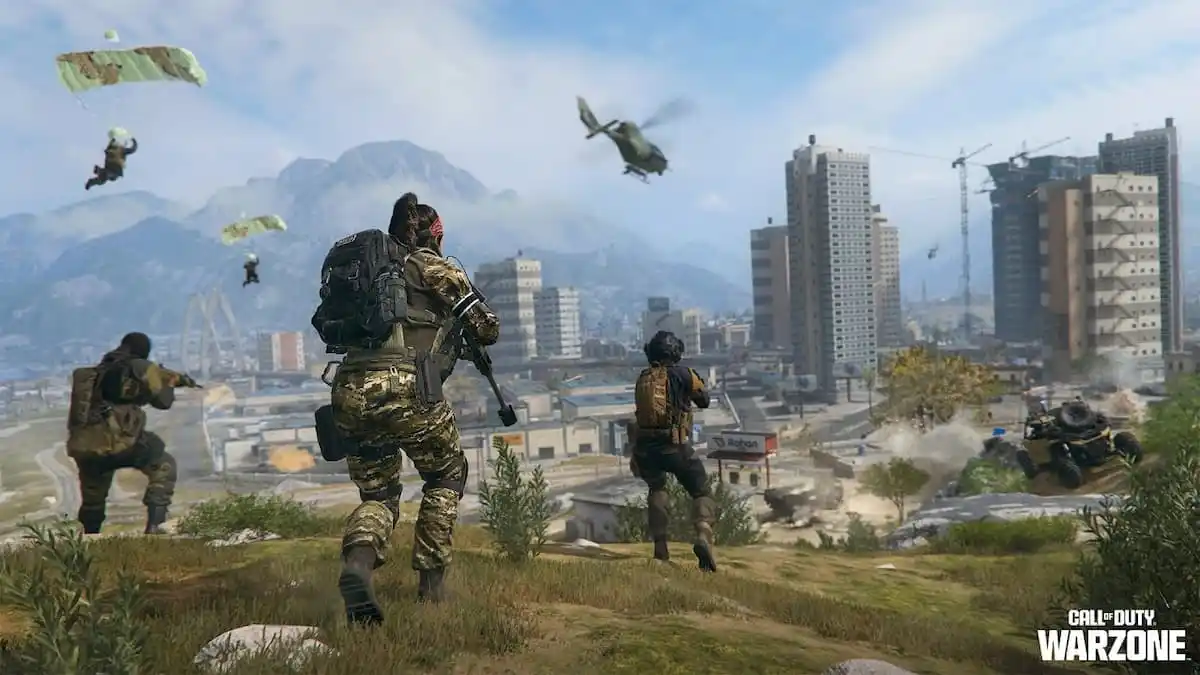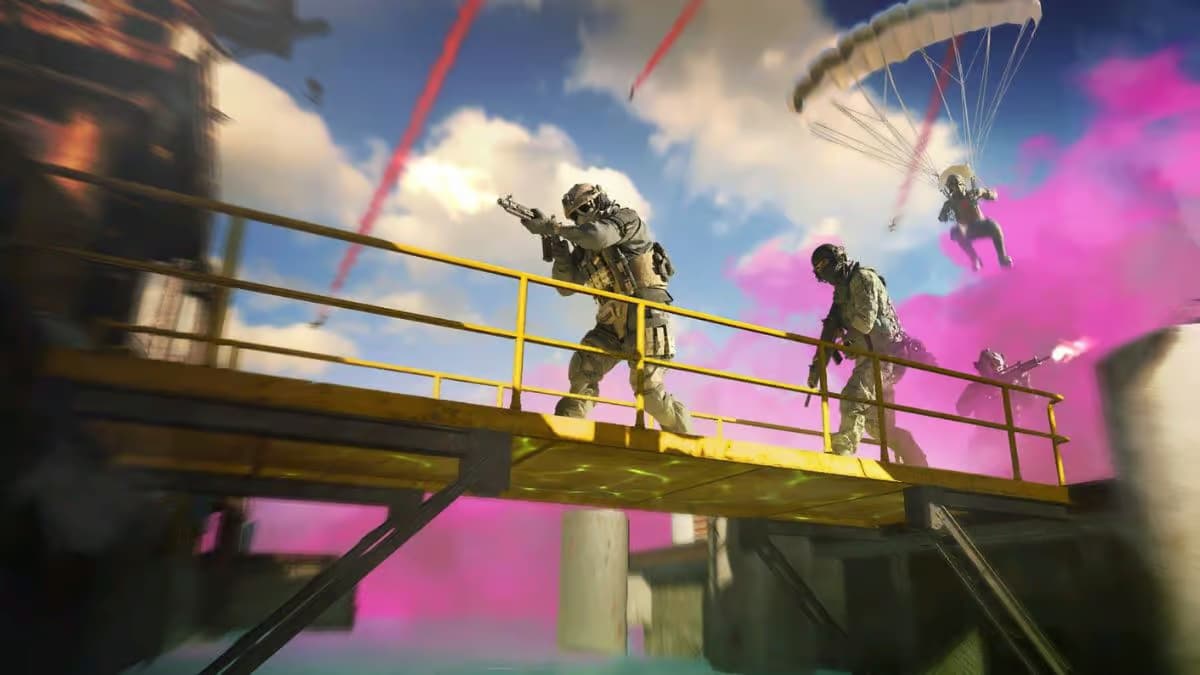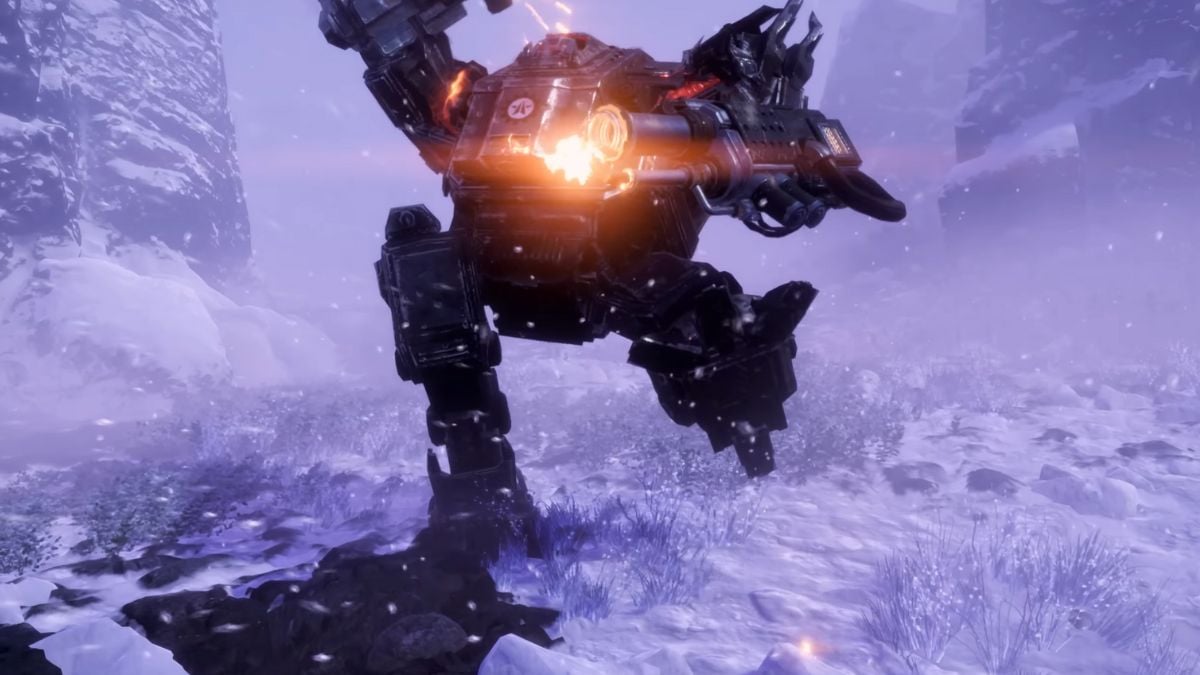[Last week, I asked you to write anything you wanted about videogame antagonists. Our first promoted blog on our Villains Bloggers Wanted topic comes from 2plus2isjoe, who takes a more abstract approach and discusses multiplayer opponents as modern “villains”. Want to see your own blog on the front page? Write a blog on the current topic: Integration. — JRo]
He stands before you, momentarily. That unmentionable bastard with the flaming head, the lurid, gleaming carbine, whatever. I say “momentarily” because in the second you form the recognition and the subsequent tremulous assignation of fury, he’s already killed you. Cleanly, admirably, professionally. But of course you’re back again seconds later, determined to recognise the threat quicker this time, a stomp of the foot the audible assertion of your newly-resurrected resolution. But deep down you know it will happen again and again, for all eternity. Or at least the next twenty minutes or so. After that, he’ll either be on your side, redrawn as the shining paragon of the Kill/Death ratio or he’ll be gone, forgotten as quickly as he was reviled.
Villains are mercurial things these days.
Back when games (and gamers) were young, villains were well-drawn, visually and metaphorically. They were most often the cartoon bad guys of the title sequence, stealing your princess, enslaving the land or re-belonging all your base. They were simpler times – villains were both an obstacle and a goal, the “big boss” a harbinger of victory or frustration and a story to be told to other, less incredible schoolchildren. As much as this generation (or at least my generation) has grown up with the heroes of video games, we have grown up with the villains, and we enjoyed them just as much, if not more. I always played as Ganondorf in Super Smash Bros. – not because I thought he was specifically better than anyone else (although my childhood self would loudly proclaim so) but because he was an interesting villain, the kind of character you never got to play as ordinarily, but who became so much more alluring as a result. These are villains characterised by their villainy.
But one other facet characterised all of these villains – they were singular, alone in their position as big boss, goal and ultimate conquest. Every gamer was hunting the same man, woman, cyborg or sexualised metaphor. With the advent of truly global-scale online multiplayer, the parameters of the villain have shifted inexorably towards a more fluid depiction. Anyone can be your arch-enemy nowadays. This is most obviously prevalent in the current rash of first-person shooters, and for obvious reasons. When the same member of the opposing team kills you over and over for an entire match, it’s hard not to cast them as the villain, the mastermind of the opposition, skilfully manipulating their minions whilst carving out a particularly unwelcome vendetta against you personally. This self-inflicted psychological torture (as it most often manifests itself) is borne out by the very genre of game you choose to play – a first-person game presents itself as your eyes in another world, and if those are your eyes, then it’s that other person that’s so casually popping them with high-calibre rounds from his FUCKING CAMPER’S HIDEY-HOLE EVERY SINGLE TIME I SPAWN who must be the villain. Because you can’t be the villain, obviously.

This is vaguely terrifying, a feeling compounded by last week’s story of a man so possessed by the idea of an opponent’s villainy that he choked a 13 year-old, but also amazingly interesting – narratives are being drawn and redrawn thousands of times a day. The fact that games like Halo now include post-match information as to who you killed and were killed by most only deepens this idea. That information not only strengthens your resolve to do better in the next game, but does the same to someone else towards you, a never-ending cycle of enemy-assignment. We are all heroes and villains all of the time whilst we play these games, a huge web of mostly contradictory stories that are strengthened by statistics brought to us with a click of the Back button. At the risk of sounding like one of the tinfoil-hat collective, watch your backs. The next villain of the piece could be anywhere at any time. It’s probably you. You bastard.




